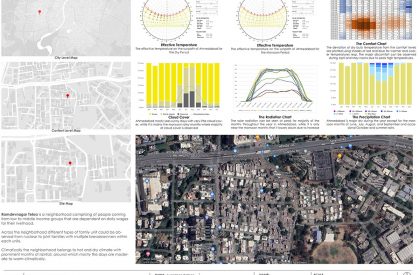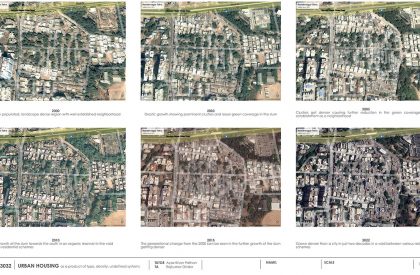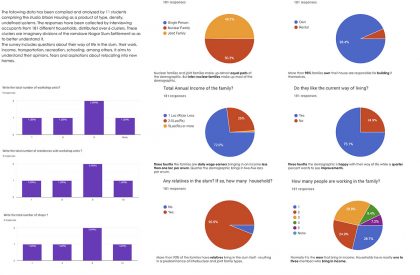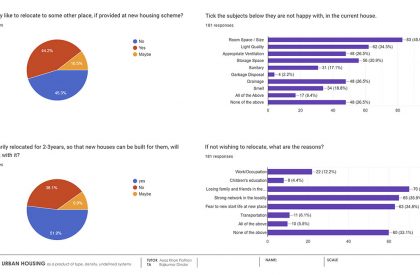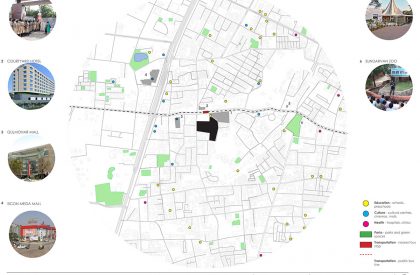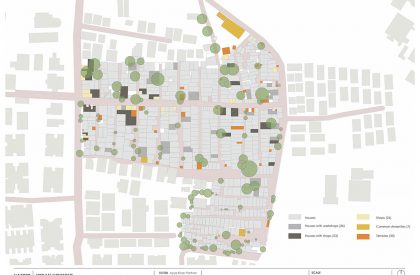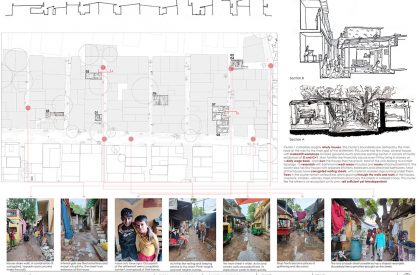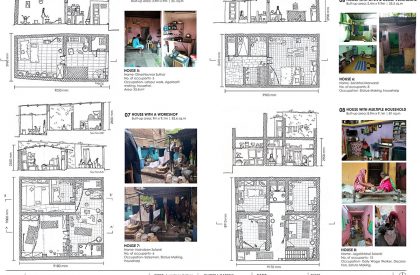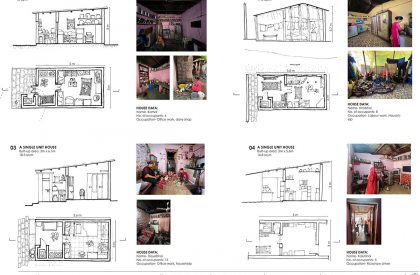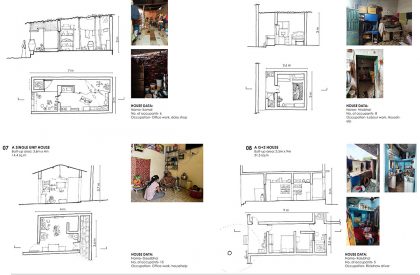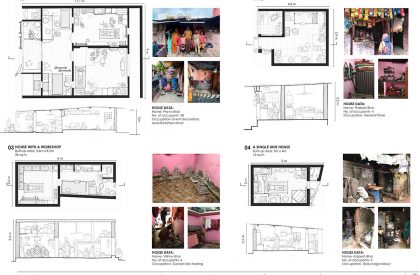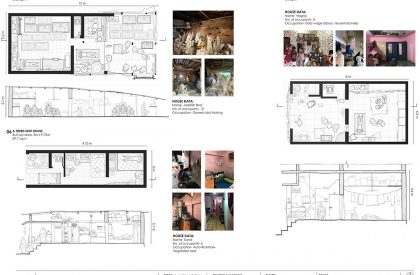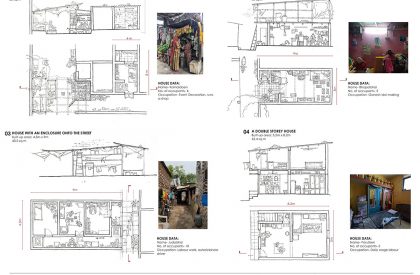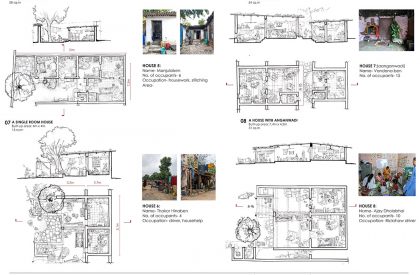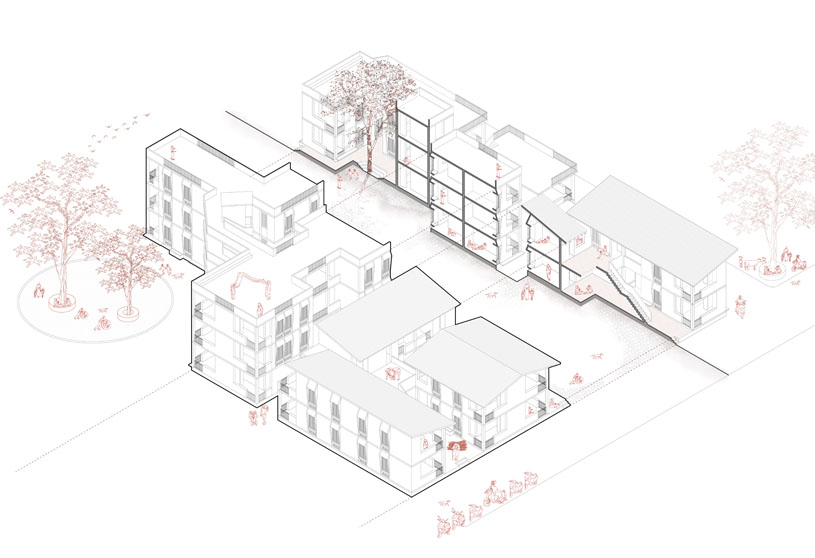As per the 2011 Census, more than 30% of the Indian population now lives in cities. This figure is expected to reach up to 50% by the year 2030. With the ever increasing rate of urbanisation, there has also been a steady growth of slums. At this juncture, around 20% of the Indian urban population lives in slums. Affordable housing, which caters to the needs of EWS and LIG sections, needs maximum attention, as the right to shelter is one of the fundamental human rights.
Housing in general, and urban housing in particular, demands sensitivity from the architect towards basic human values. These values are rooted, primarily, in three key aspects around which societies are organised: the socio-cultural aspects, the topographical aspects, and the material-technological aspects. The house form emerges first by responding to the intangible needs attached to the socio-cultural aspects, and the tangible aspects related to the material, technology, and topography help materialise the final product.
The socio-cultural aspects that govern housing form will be addressed by questioning conventional typologies in the form of BHKs. Careful examination of the user group and the activity patterns gives rise to alternative typologies and clusters that could cater to the multiple needs of families and communities as they grow. Students will arrive at this understanding by looking at housing case studies and various other reference materials.
The topographical aspects are best represented by the growing relevance of sustainable approaches to built environments. Performance-based design with aspects of thermal comfort will be at the forefront in this domain.
The technological aspects are rooted in issues related to the choice of materials and appropriate technology. Complete in-situ, a mix of in-situ and pre-cast/pre-fab, or complete pre-cast/pre-fab are, broadly speaking, the directions in which students can explore the possibilities of generating systems that can be used in a given urban context across various sites.
In this design studio, students addressed the issue of affordable urban housing by responding to the three criteria mentioned above. The idea here was to look at housing as a product and as a system, much in the sense of vernacular architecture.
Site Context
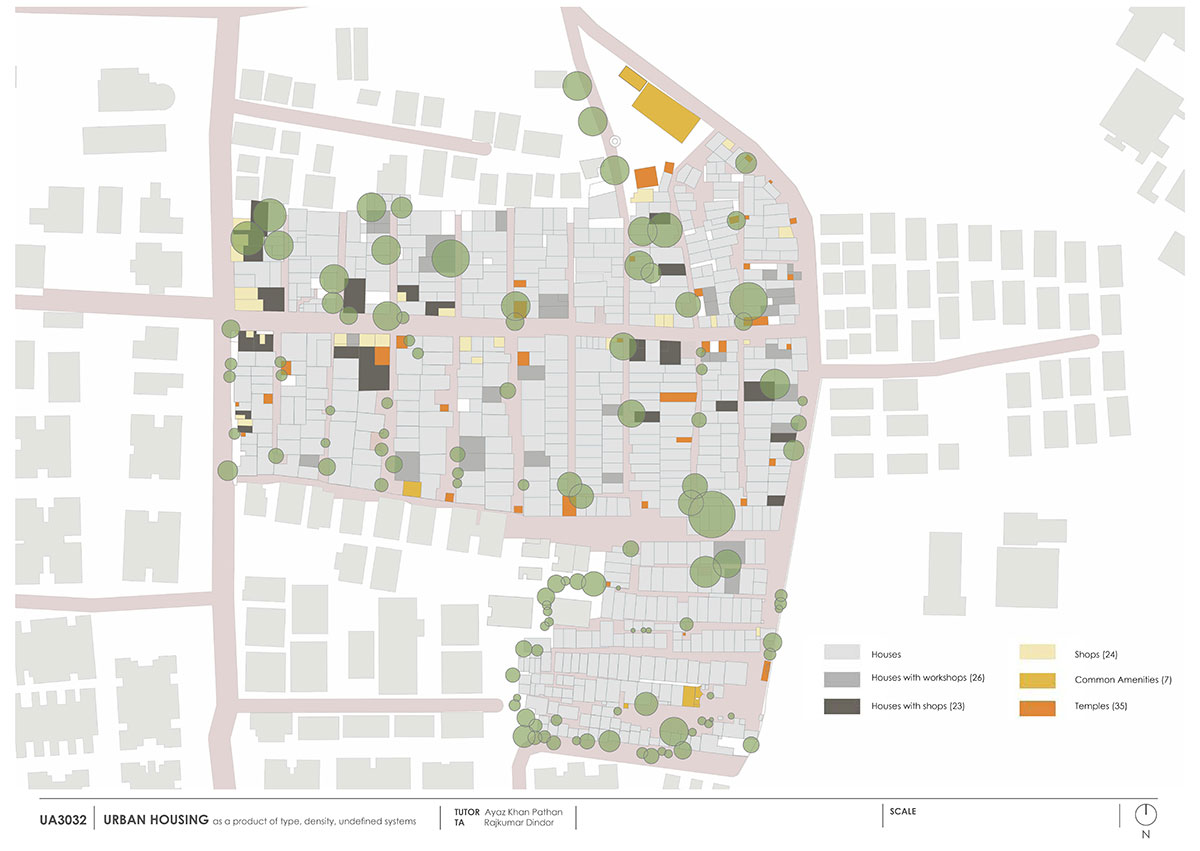
The site chosen for this urban housing studio was an existing slum called Ramdev Nagar in Ahmedabad, India. During the first two weeks of the studio, students were engaged in extensive site-mapping activities that involved both qualitative and quantitative mapping of the existing settlement.

Ramdev Nagar Tekra is a neighbourhood comprising people coming from low- to middle-income groups that are dependent on daily wages for their livelihood. Across the neighbourhood, different types of family units could be observed, from nuclear to joint families with multiple breadearners within each unit.

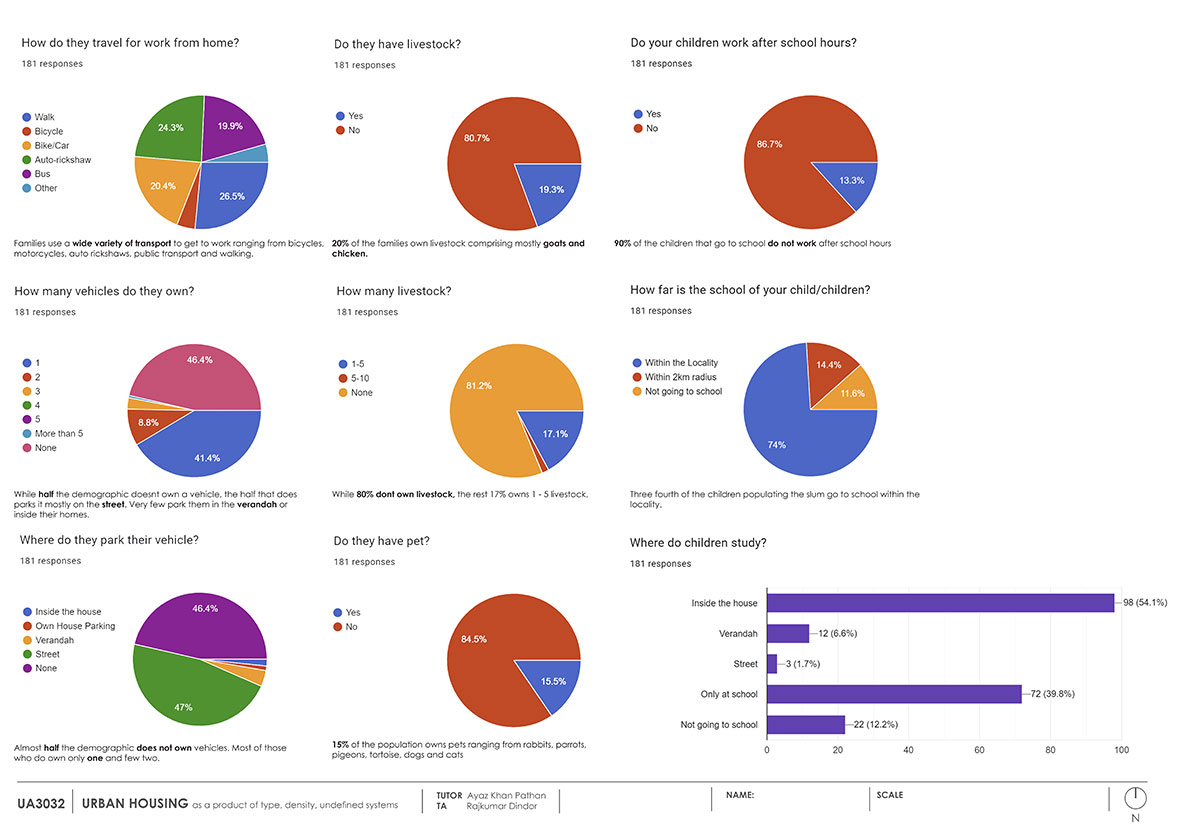
As part of the site mapping, students also surveyed around 181 families (one third of the settlement) with an extensive questionnaire to collect socio-economic data and demography. The responses have been collected by interviewing occupants from 181 different households, distributed over six clusters. These clusters are imaginary divisions of the Ramdev Nagar Slum Settlement so as to better understand it. The survey included questions about their way of life in the slum, their work, income, transportation, recreation, and schooling, among others. It aimed to understand their opinions, fears, and aspirations about relocating into new homes.
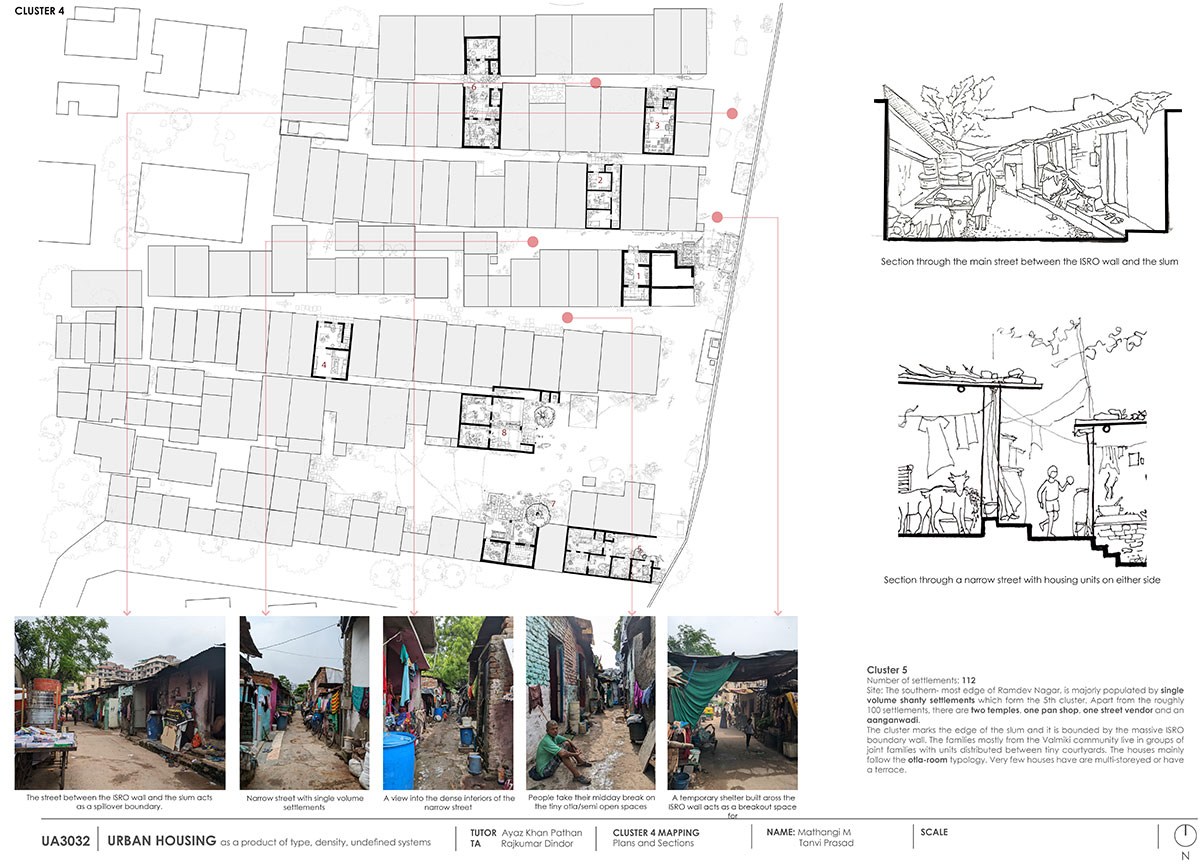
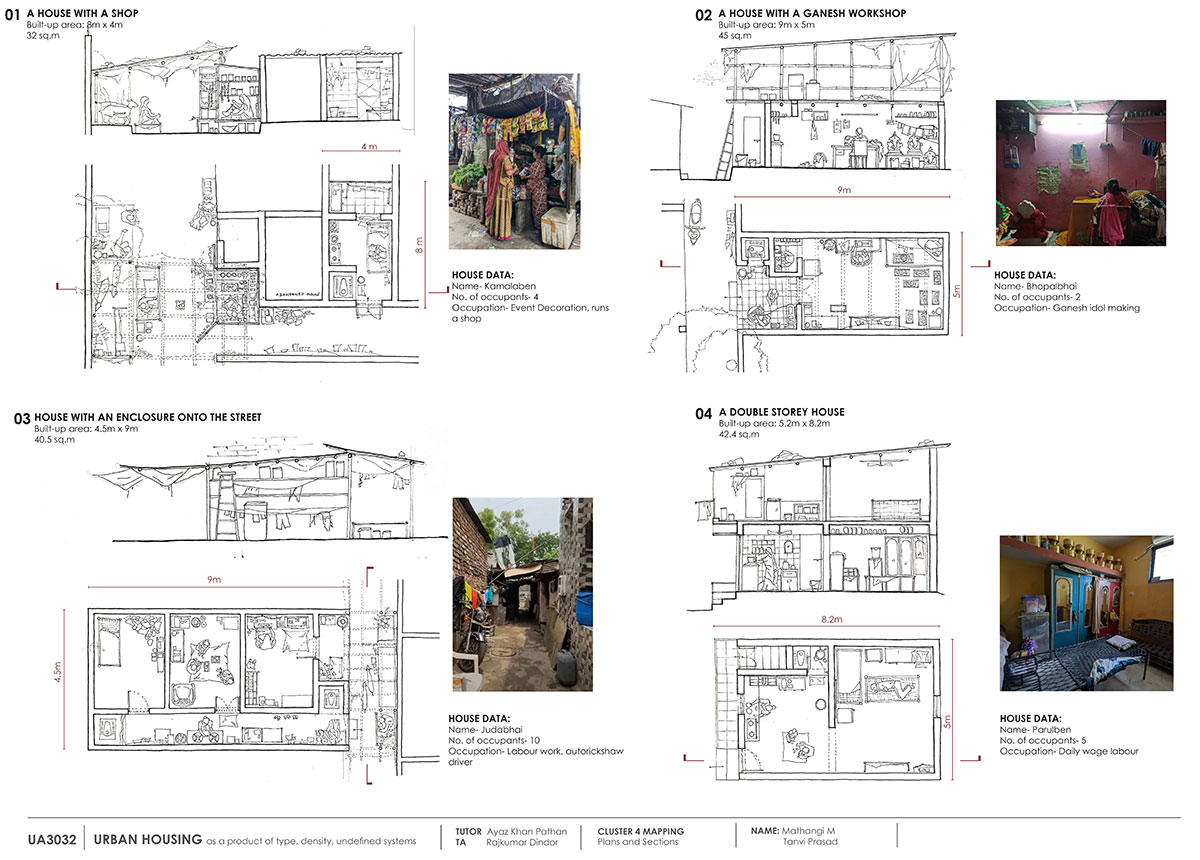
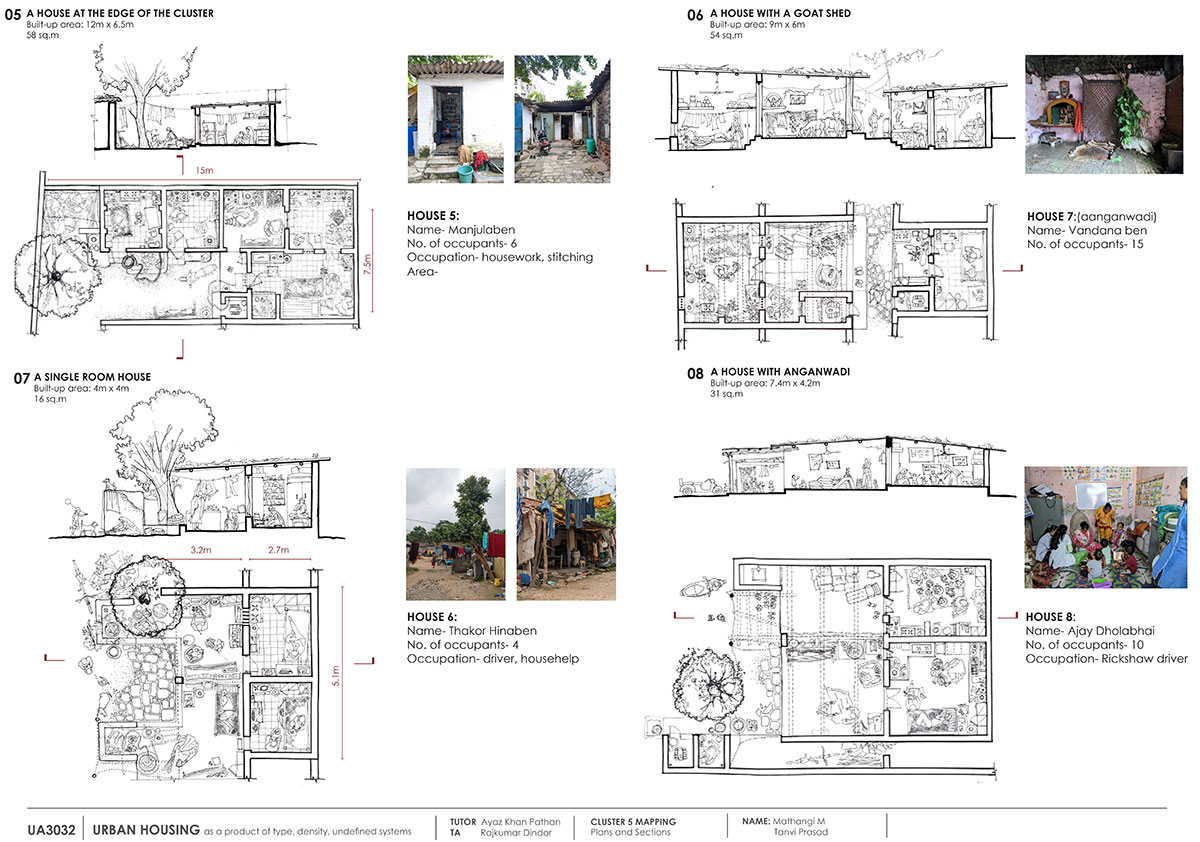
In groups of two, students also took up various clusters of the settlement and documented the urban fabric with street networks, housing typologies, and activity patterns to understand the built form and its relation to the social life of the community.
As a next step in the design process, each student prepared a detailed brief on the basis of the site mapping that elaborated on the types of housing units, work areas (workshops), shops, and community facilities. The brief also listed some of the concerns of the students based on their observations of the existing settlement, which could become starting points for the design process. During the course of the studio, each student developed various housing types, clusters, a site plan, and a sense of architectural language for the project.

